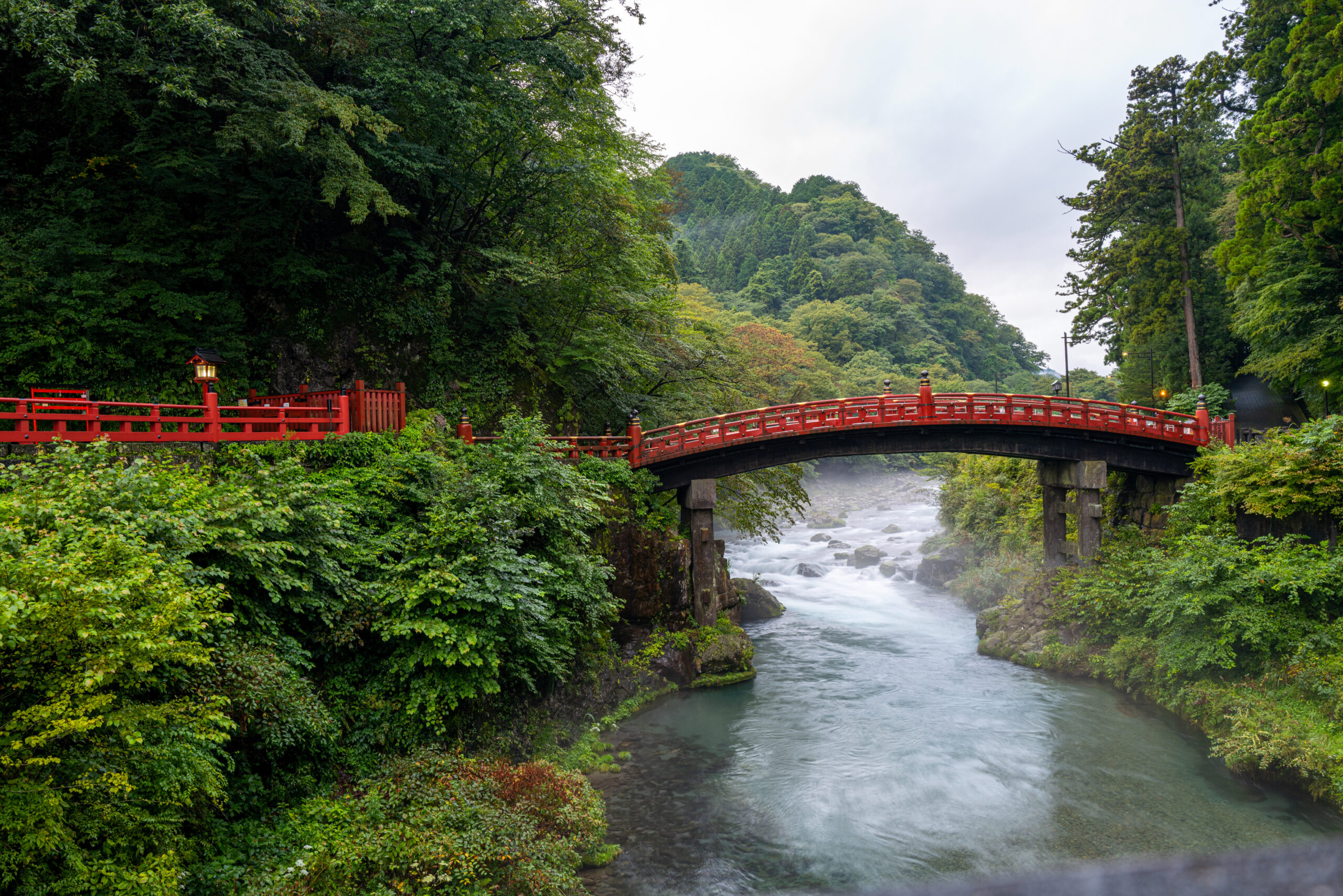Nikko, a serene city nestled in the mountains of Tochigi Prefecture, Japan, remains a testament to the country’s rich cultural tapestry and breathtaking natural landscapes. Often heralded as Japan’s hidden gem, Nikko offers a refuge for both the spiritually inclined and nature enthusiasts alike. From its ancient sacred shrines and lush scenic beauty to its historical depth and culinary delights, Nikko invites visitors on an unforgettable journey into the heart of Japanese tradition and natural splendor. This article explores the multifaceted allure of Nikko, revealing why this city is a must-visit for anyone seeking to immerse themselves in Japan’s cultural heritage and natural wonders.
Discovering Nikko: Japan’s Untouched Beauty
Nikko, a harmonious blend of natural beauty and historical significance, remains relatively untouched by the bustle of Japan’s metropolitan cities. The city, encircled by verdant mountains and clear, flowing rivers, offers a tranquil retreat from the fast pace of modern life. Its rich historical backdrop, dating back to the 8th century, adds a profound sense of timelessness to the visitor’s experience. Nikko’s significance is further accentuated by its designation as a UNESCO World Heritage site, recognizing its cultural and spiritual importance. The city’s accessibility from Tokyo makes it an ideal destination for those seeking solace and inspiration in the heart of nature. As the seasons change, so does the landscape, offering year-round appeal and making every visit uniquely enchanting.
The Sacred Shrines of Nikko: A Spiritual Journey
The spiritual heritage of Nikko is anchored by its majestic shrines and temples, which have attracted pilgrims and travelers for centuries. The most prominent among these is the Toshogu Shrine, dedicated to Tokugawa Ieyasu, the founder of the Tokugawa shogunate. The Futarasan Shrine, venerating the deities of Nikko’s sacred mountains, and the tranquil Rinnoji Temple, embody the syncretism of Shinto and Buddhist beliefs that characterizes Japan’s religious landscape. These sites, set against the backdrop of Nikko’s lush forests, offer a serene environment for reflection and prayer. The meticulous craftsmanship and artistry of these religious structures reflect the deep spiritual and historical significance embedded in Nikko’s cultural foundation.
Toshogu Shrine: Nikko’s Architectural Marvel
The Toshogu Shrine stands as Nikko’s crowning glory, a testament to the pinnacle of Japanese craftsmanship and the lavish Edo-period architecture. This architectural marvel, adorned with intricate carvings, lavish gold leaf decorations, and elaborate paintings, captures the opulence of a bygone era. The shrine’s most famous features, including the “See No Evil, Speak No Evil, Hear No Evil” monkeys and the sleeping cat carving, showcase the artisans’ remarkable attention to detail. Toshogu’s Yomeimon Gate, a structure of breathtaking beauty, is often considered a highlight of Japanese art. This shrine not only serves as a place of worship but also as a symbol of peace and unity, embodying the legacy of Tokugawa Ieyasu.
Natural Wonders: The Scenic Beauty of Lake Chuzenji
Lake Chuzenji, situated at the foot of Mount Nantai, exemplifies the natural wonders that Nikko has to offer. Formed thousands of years ago by volcanic activity, this high-altitude lake captivates visitors with its crystal-clear waters and panoramic views of the surrounding mountains. The lake’s perimeter is lined with walking trails, offering ample opportunities for hiking, bird watching, and embracing the tranquility of the area. Seasonal changes transform the landscape into a vivid display of natural beauty, with the autumn months painting the surrounding foliage in brilliant hues of red, orange, and yellow. The serene environment and refreshing climate make Lake Chuzenji a perfect retreat for nature lovers and those seeking a peaceful escape.
Nikko’s Edo Wonderland: A Journey Back in Time
Nikko’s Edo Wonderland is a cultural theme park that transports visitors back to the Edo period, offering a vivid glimpse into Japan’s past. Through meticulously reconstructed buildings, live performances, and interactive experiences, guests can explore the lifestyle, customs, and culture of Edo-era Japan. From samurai swordsmanship demonstrations to traditional craft workshops, Edo Wonderland immerses visitors in the rich heritage of Japanese history. The park’s attention to historical accuracy and detail ensures a truly authentic experience, making it an educational and entertaining destination for all ages.
Kegon Falls: Witnessing Nikko’s Majestic Waterfall
Kegon Falls, regarded as one of Japan’s most beautiful waterfalls, is a natural masterpiece that showcases the awe-inspiring power of nature. Plunging from a height of nearly 100 meters, the waterfall creates a spectacular sight, especially during the spring thaw and after heavy rainfall. The surrounding area, marked by lush vegetation and rugged cliffs, provides a perfect backdrop for the cascading waters. An observation platform allows visitors to view the falls up close, offering an unforgettable experience of nature’s grandeur. Kegon Falls, with its majestic beauty and serene ambiance, embodies the essence of Nikko’s natural wonders.
Nikko, with its rich tapestry of cultural landmarks, spiritual heritage, and natural beauty, stands as a testament to Japan’s diverse and multifaceted identity. From the architectural splendor of the Toshogu Shrine to the tranquil shores of Lake Chuzenji and the historical immersion of Edo Wonderland, Nikko offers a unique blend of experiences that cater to the soul’s every inclination. As efforts continue to preserve its traditions and natural environment, Nikko remains a precious jewel in Japan’s cultural and natural landscape, inviting travelers from around the world to explore its hidden wonders. Whether seeking spiritual solace, historical insight, or the simple pleasure of nature’s beauty, Nikko promises an enriching journey into the heart of Japan’s cultural heritage.








